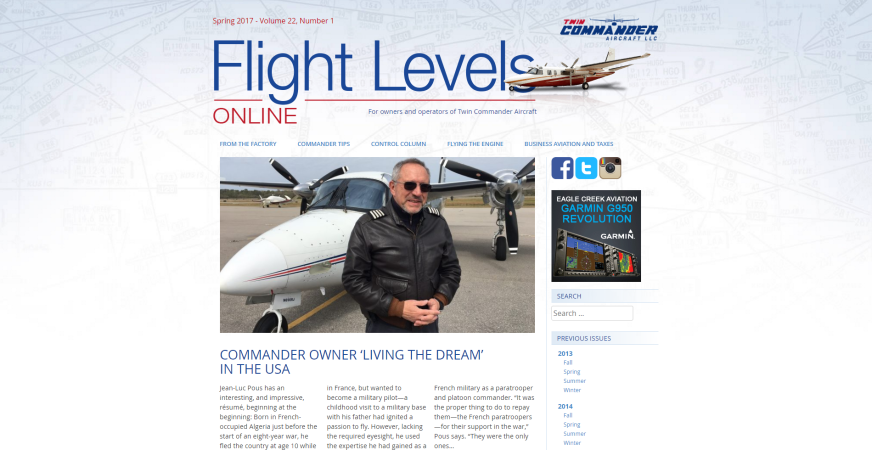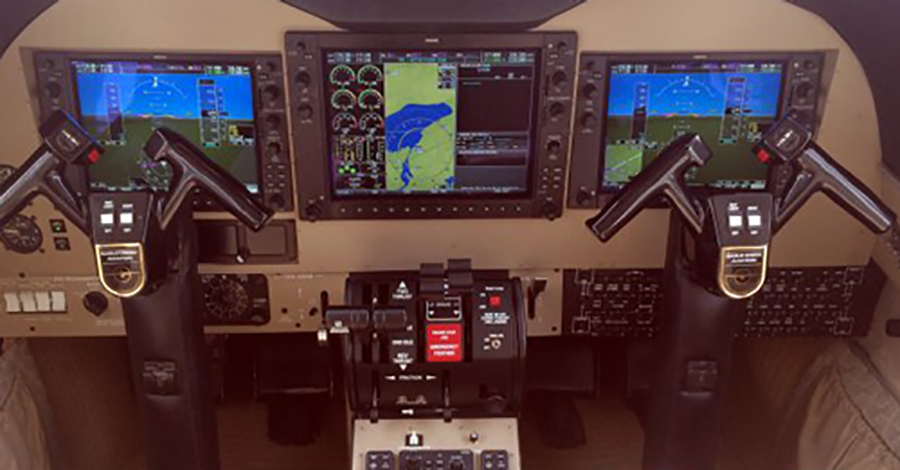NEW BILL BRINGS CHANGES TO AIRCRAFT TAXATION
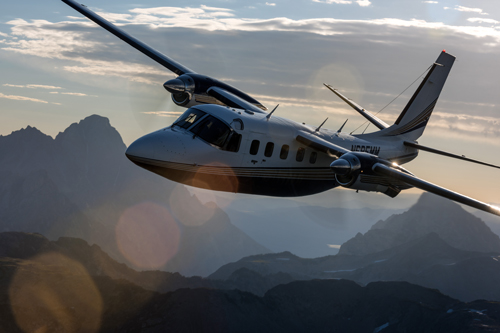
The tax bill signed by the president includes some important changes to taxation for aircraft purchases and use. The National Business Aviation Association Tax Committee has summarized the most important of those provisions as follows:
100-Percent Expensing (Bonus Depreciation)
A 2015 Act extended bonus depreciation for qualified property (including commercial and non-commercial aircraft used in a trade or business with a recovery period of 20 years or less) through 2019, with a phase-down over time from 50 percent to 30 percent.
Under the Tax Bill, however, the current law would be amended to provide for 100-percent expensing, which will allow taxpayers immediately to write off the cost of aircraft acquired and placed in service after Sept. 27, 2017 and before Jan. 1, 2023 (Jan. 1, 2024 for longer production period property and certain aircraft). Through the efforts of NBAA and a coalition of general aviation groups, the new law would permit 100 percent expensing by the taxpayer for both factory-new and pre-owned aircraft so long as it is the taxpayer’s first use of the aircraft.
For tax years after 2022, the bill provides for a phase down of bonus depreciation in increments of 20 percent each year for qualified aircraft acquired and placed in service before Jan. 1, 2027 (Jan. 1, 2028 for longer production period property and certain aircraft).
Like-Kind Exchanges
Under current law, when property (including business aircraft) held for productive use in the taxpayer’s trade or business or for investment is exchanged for property that is “like-kind,” a special rule under Internal Revenue Code (IRC) § 1031 provides that no gain or loss is recognized to the extent that the replacement property is also held for productive use in a trade or business or for investment purposes.
The Tax Bill modifies this special rule only to allow for like-kind exchanges of real property. As a result, taxpayers will no longer be eligible to defer taxable gain on the sale of aircraft via a like-kind exchange, and the gain would be subject to recapture for tax purposes. This provision is effective for transfers after 2017, and is a permanent repeal of application of IRC § 1031 rules to exchanges involving aircraft and other tangible personal property.
However, a transition rule preserves like-kind exchanges of personal property if the taxpayer has either disposed of the relinquished property or acquired the replacement property on or before Dec. 31, 2017.
For a more detailed summary of provisions in the new tax bill that affect aircraft owners and operators, see the upcoming issue of Flight Levels magazine.
NEED A NEW BELT FOR THE HOLIDAYS?
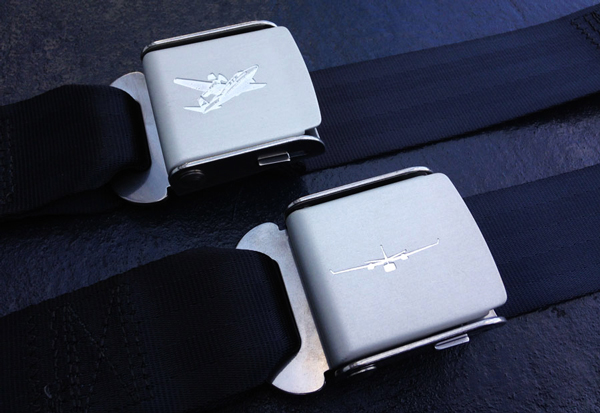
Still searching for that perfect holiday gift—for yourself? Here’s an idea: new seatbelts for your favorite Commander. And, there’s a special 25 percent off holiday sale going on.
A sister company to Twin Commander Aircraft, Aircraft Belts, Inc. (ABI), manufactures aircraft restraint systems for both crew and passengers, and is offering Commander owners a special discount on replacement restraints for their aircraft. Configurations range from traditional three-point restraints (lap and shoulder harness) to five-point crew restraints. Restraint buckles are available in lift-lever, push-button, and rotary configurations.
ABI also is offering replacement restraint systems that feature distinctive custom engraved lift lever lids featuring the Twin Commander head-on or profile view.
The restraint belts are available in hundreds of colors, so you’re sure to find one that matches your style and interior.
If the restraints in your aircraft are looking a bit worn, or are a mismatch with your interior colors, call Brian Harbaugh of Twin Commander Aircraft at 919-956-4385, or email him at [email protected]. He will refer you to Aircraft Belts, Inc. for a quote on a stylish and distinctive set of new restraints.
For more information see aircraftbelts.com.
LAND’S END OFFERS TWIN COMMANDER SWAG
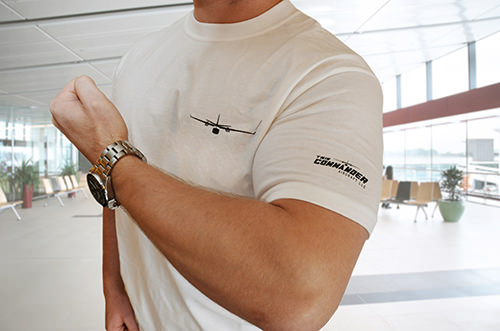
While you’re adding style to your aircraft interior, why not add some Twin Commander style to your own wardrobe, home, or office. Twin Commander Aircraft has a partnership with Land’s End to provide a full range of quality men’s and women’s clothing, shoes and accessories to Commander owners, pilots, and enthusiasts. A variety of Twin Commander promotional products also are available from Land’s End.
To see Land’s End Twin Commander products, click here:
Depending on the clothing or promotional products you select from the site, you will be given the option of having the Twin Commander logo applied. In many cases, you can specify the logo color and where on the item it will be applied.

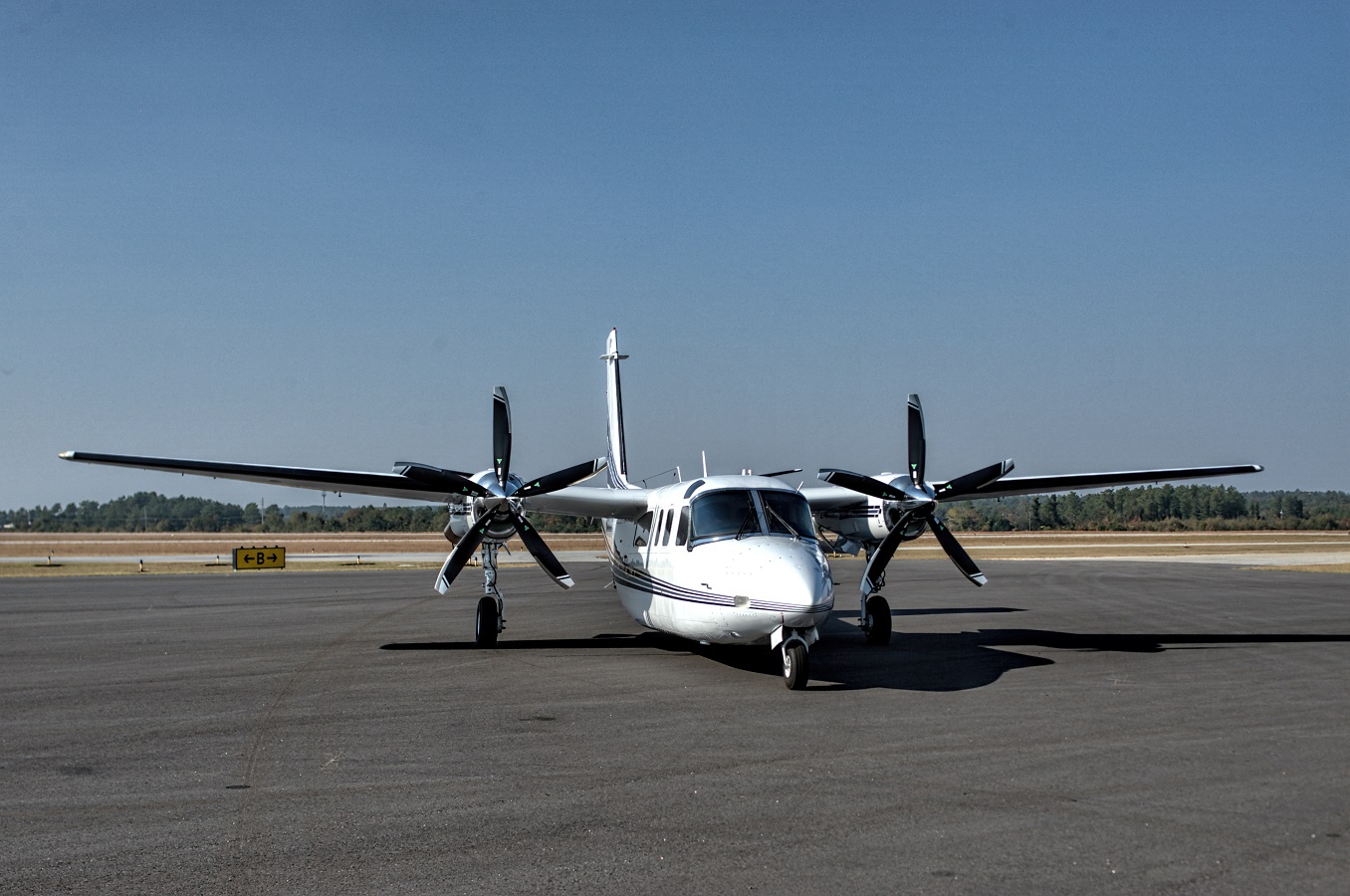


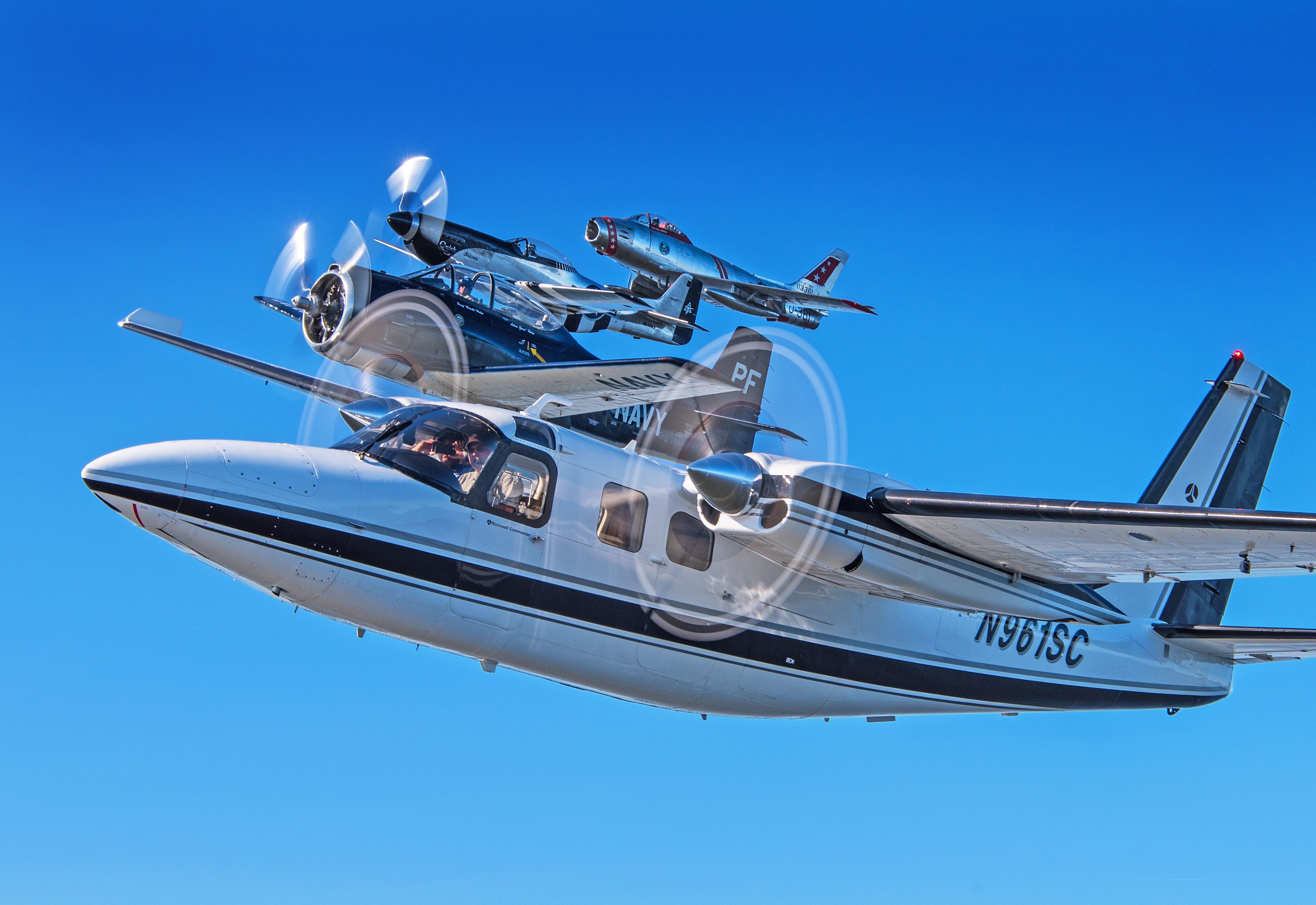

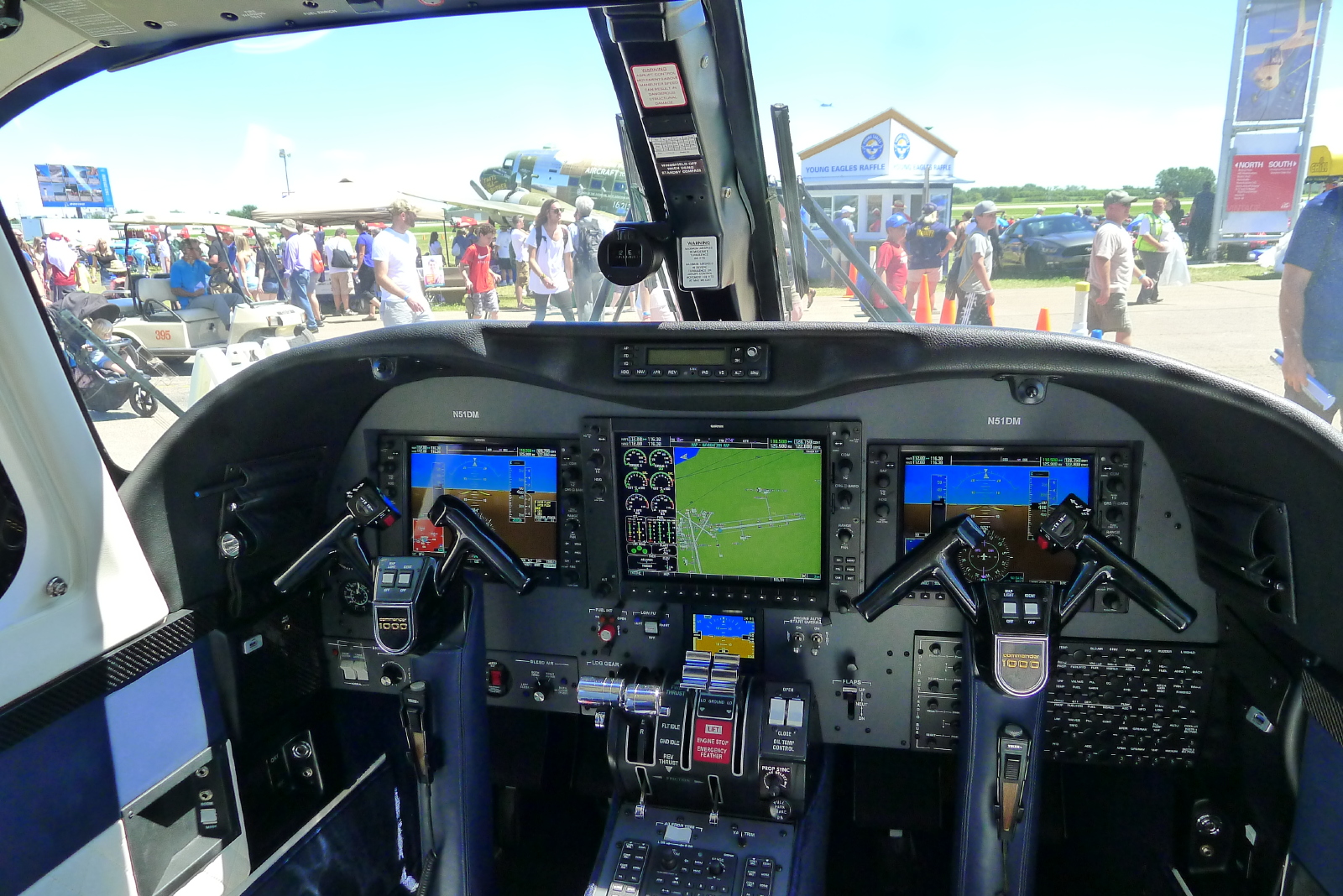

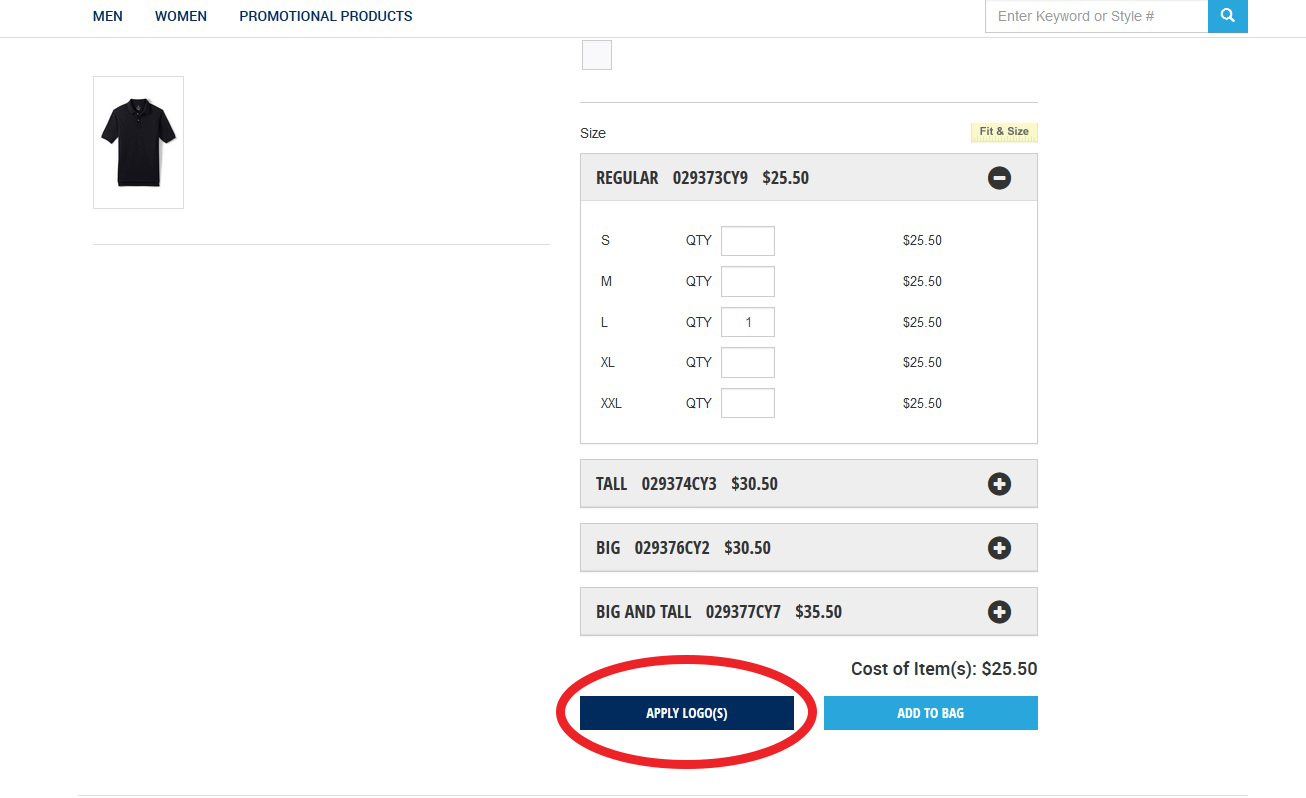
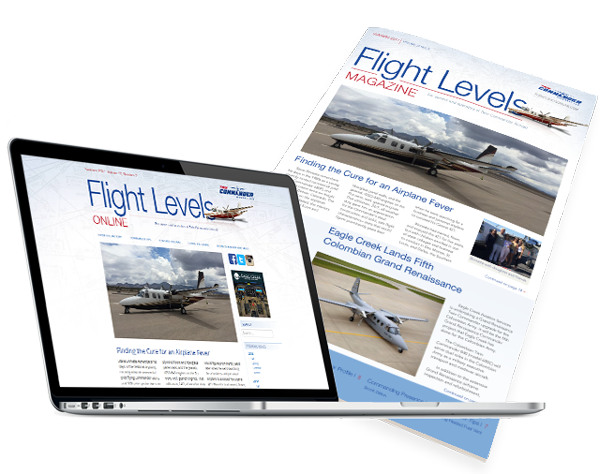
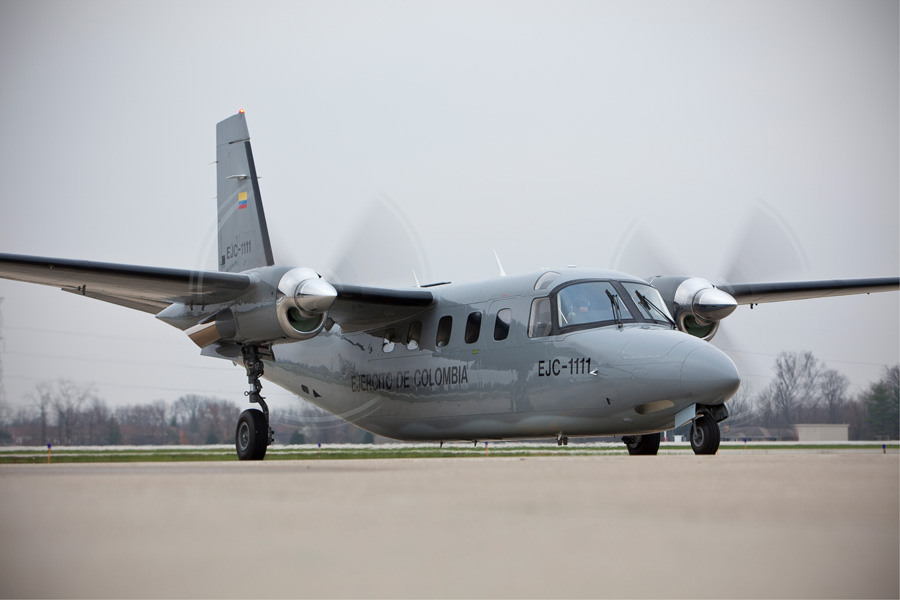

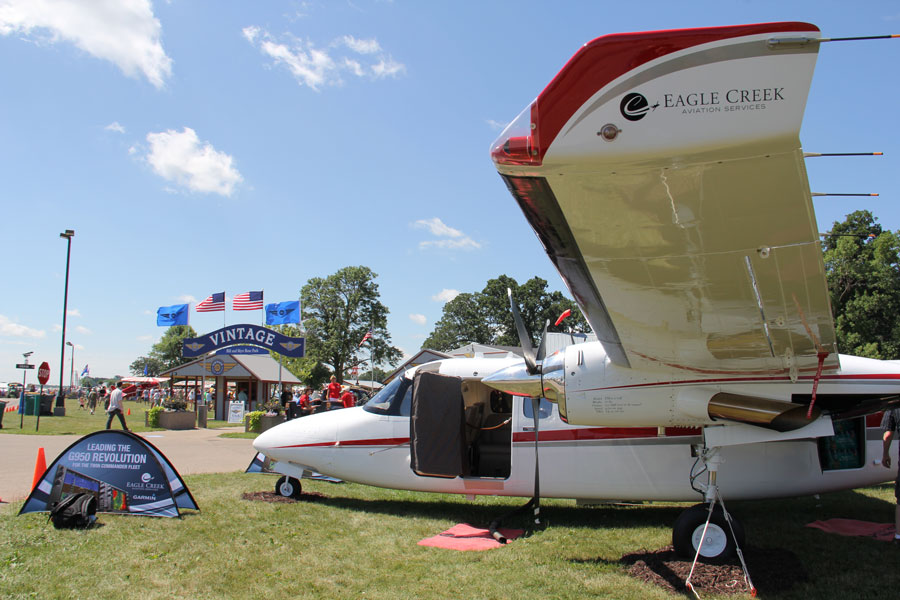

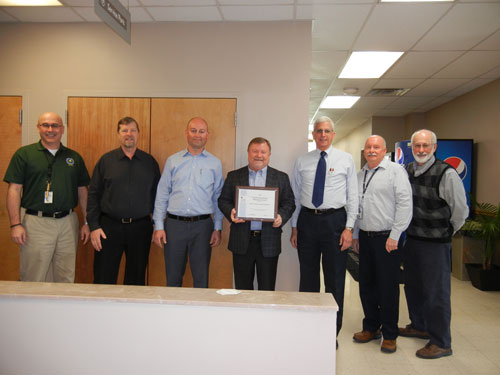
.jpeg) encourages individual AMTs and their employers to invest in continuing education. The Diamond award is reserved for companies that achieve 100 percent participation from eligible employees. In 2016, 35 AMTs at Eagle Creek Aviation and its family of companies spent more than 1,500 hours in training—online, in the classroom, and on the job.
encourages individual AMTs and their employers to invest in continuing education. The Diamond award is reserved for companies that achieve 100 percent participation from eligible employees. In 2016, 35 AMTs at Eagle Creek Aviation and its family of companies spent more than 1,500 hours in training—online, in the classroom, and on the job.